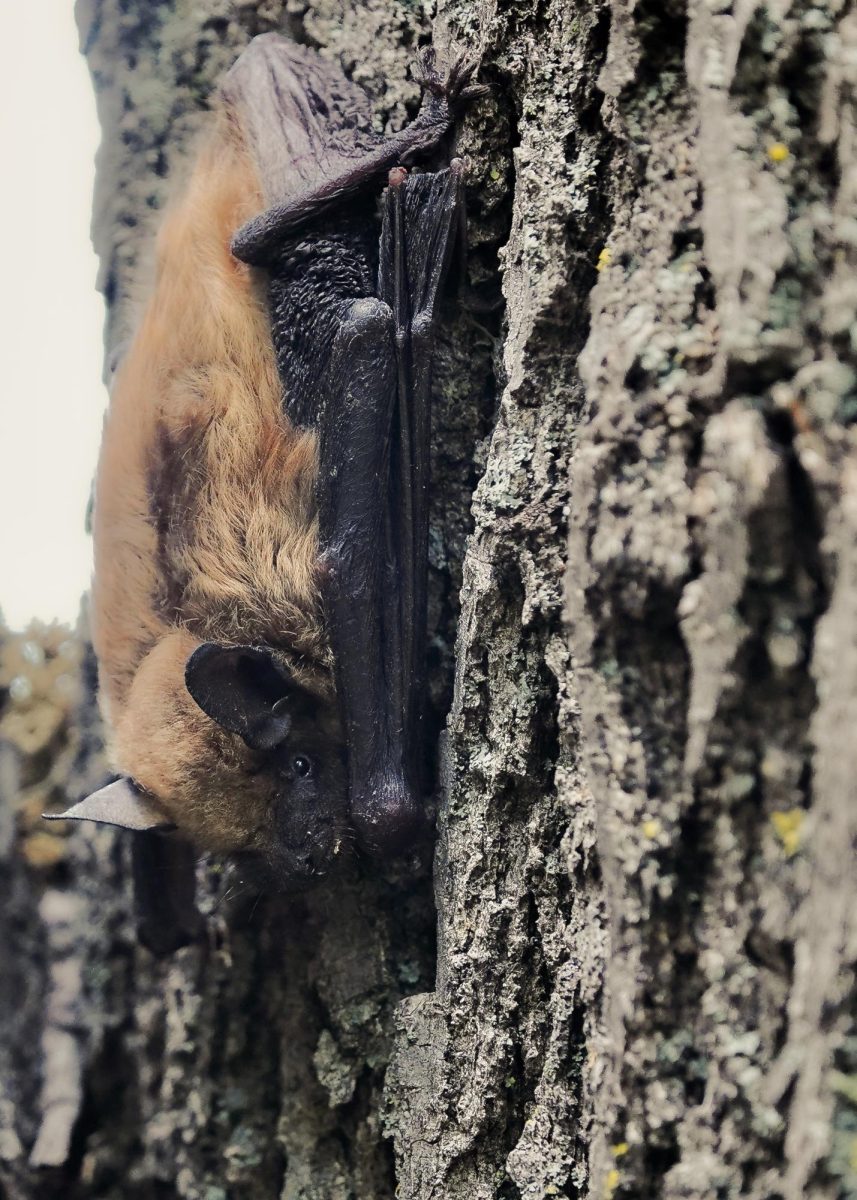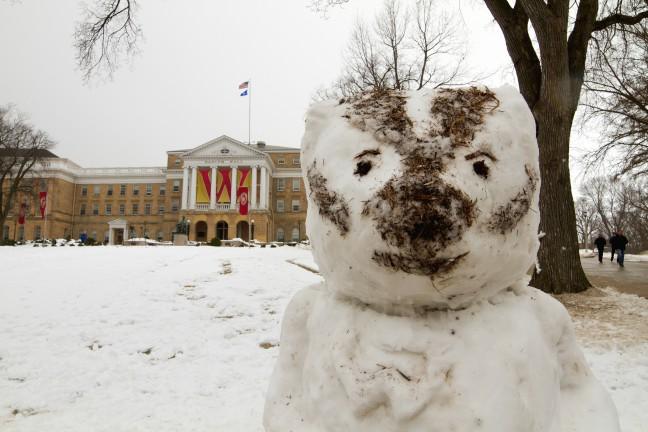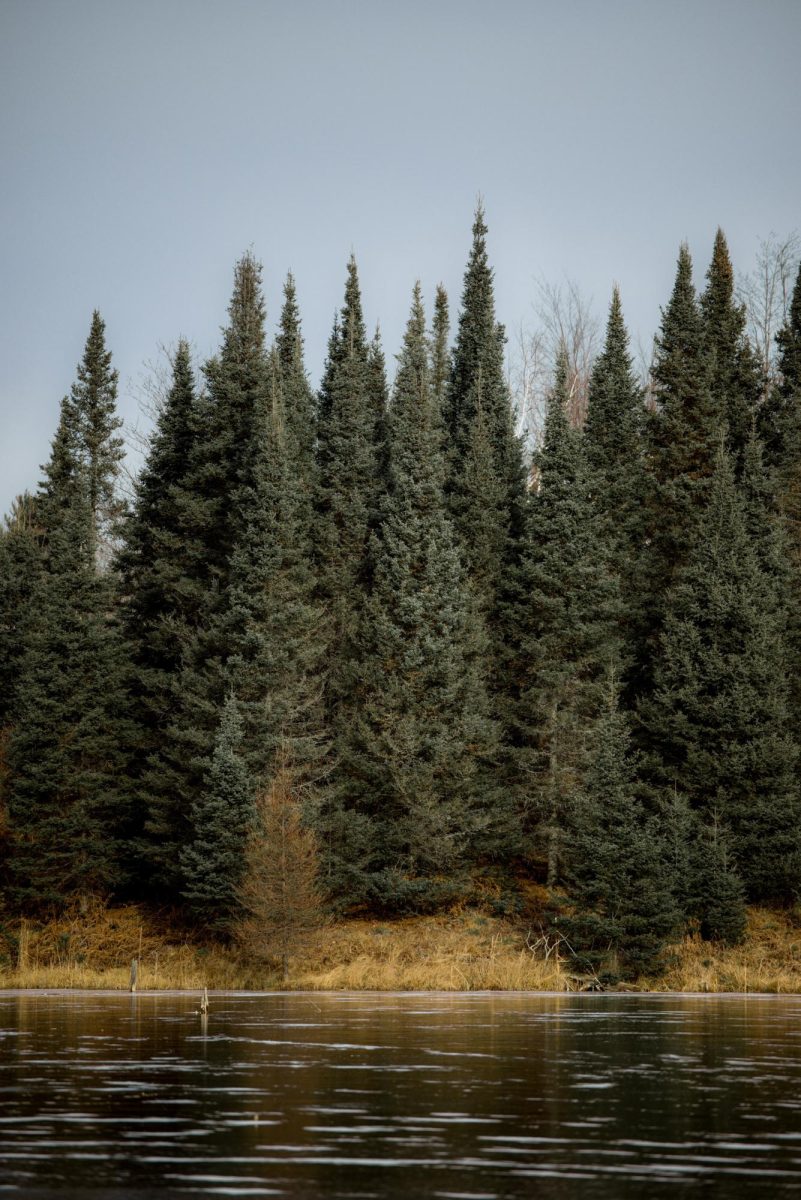Every Fall, hunters across Wisconsin take to the woods in search of deer. In fact, an average of 11.6 % of Wisconsin hunters register 300,000 deer of Wisconsin’s 1.5 million white tail population.
Due to the prominence of deer hunting in Wisconsin, wildlife researchers study population trends to recommend harvest quotas that will maintain healthy deer populations and keep balance in the delicate ecosystems of Wisconsin forests and wildlife. Both University of Wisconsin Madison and DNR researchers monitor the deer population. Their research contributes to science and benefits the Wisconsin community.
Two different departments are currently observing white tail deer — the UW-Madison Extension Outreach Center at Upham Woods and a team of researchers within the Department of Veterinary Science.
UW researchers show COVID-19 preprint data remains largely unchanged after peer review
Grade school students from across Wisconsin visit Upham Woods to learn hands-on field science and the destructive consequences of improper land management.
Head director of Upham Woods Amy Workman coordinates both land management projects like deer monitoring and the center’s educational programming.
As part of the Wisconsin Idea, all research and management projects at Upham Woods are created with student outreach in mind, Workman said.
Data gathered from research projects is used in outreach programming to demonstrate applied science and illustrate the importance of gathering data in managing any project, according to Workman.
The data management programming developed by Workman at Upham Woods is a unique opportunity for visiting K-12 students to witness the consequences of imbalance in natural environments. The deer are a great example.
The historic tree populations at Upham Woods was more diverse, Workman said, but due to the oversized deer population eating oak acorns and oak saplings, maples are more prevalent across the property. Students can see this for themselves as they hike through the maple-infested woods.
“We all love our Wisconsin forests, rivers, and lakes. we enjoy them and utilize them for lots of different purposes,” Workman said. “The best way to manage them intelligently is to utilize research, and then share that out [to students and landowners] to inform our decision making processes.”
Ultimately, all the research and land management projects at Upham Woods are incorporated into student outreach, the primary goal of the center as an educational institution, according to Workman.
About 50 deer on average graze on the ground cover and bushes of Upham Woods yearly, according to Workman. They have recorded the number of deer at Upham Woods every hunting season since 1983. But in the spring of 2020, all monitoring ceased due to COVID.
As research starts to pick up post-pandemic, Workman and her associates are reframing Upham Wood’s research programs. According to Workman, the diverse ecosystems provide an opportunity for researchers to initiate large-scale projects on 210 acres of university owned land.
“Restoring the deer management project would be one small part of a big shift in research at Upham Woods,” Workman said.
To bee or not to bee: What ‘Bee Campus USA’ certification means for UW
As a part of the UW system, the center is not just looking to bring in UW-Madison researchers, but looking to partner with researchers at UW-Milwaukee and other UW system schools as well. Workman said the Center is really looking to attract “long term experiments” to collect data for several years.
For now, it’s a matter of figuring out what needs to be done to manage the land and building relationships with researchers who would come in and tackle different projects.
Elsewhere at UW-Madison, a team of researchers partnering with the Wisconsin Department of Natural Resources are evaluating the effects of Chronic Wasting Disease on deer populations across the state of Wisconsin.
DNR research scientist Daniel Storm is one of the DNR officials collaborating with UW on this project.
“Deer are a huge part of Wisconsin’s economics and culture,” Storm said. “CWD is a fatal disease rising in our deer populations.”
CWD is becoming more and more prevalent in Wisconsin. As a fatal disease, it could have drastic consequences on the economy surrounding deer and cultural practices like deer hunting, Storm said. According to a Purdue study, deer permit sales have decreased by 5% in Wisconsin since the discovery of CWD in 2002.
The five year study, ending this winter, will allow researchers to understand some of the factors contributing to the rise in affected deer and the consequences of such widespread disease, according to an article published by the school of Veterinary Medicine.
According to Storm, the study is wrapping up well, but the final implications of the data remain to be seen.
A large scale study like this helps understand this relatively new disease. The data can elucidate why its spreading and the potential social and economical impacts of deer fatalities and sickness, Storm said.
Hobby to science: How tracking seasons blossomed into climate science
Both studies exemplify the Wisconsin Idea — that UW-Madison’s work should benefit everyone in the State of Wisconsin.
With Upham Woods monitoring deer populations and land management practices to exemplify the delicacy of Wisconsin ecosystems to students and the School of Veterinary Medicine and DNR tracking disease in deer which may get hunted, these studies show the significance of deer populations to Wisconsin students and hunters alike.













